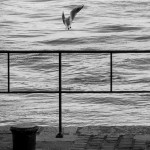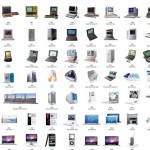Reading Notes: L’hypertext et Latour d’ANT (part 1)

Finding common ground in this week’s disparate readings was difficult. More precisely, Latour’s introduction to actor-network-theory (ANT) had almost nothing to do with reading from Joyce and Johnson-Eilola, other than the fact that hypertext as object might be an instantiated mediator within a collective. More precisely, the hypertext itself may function as a trace of…
Read more









